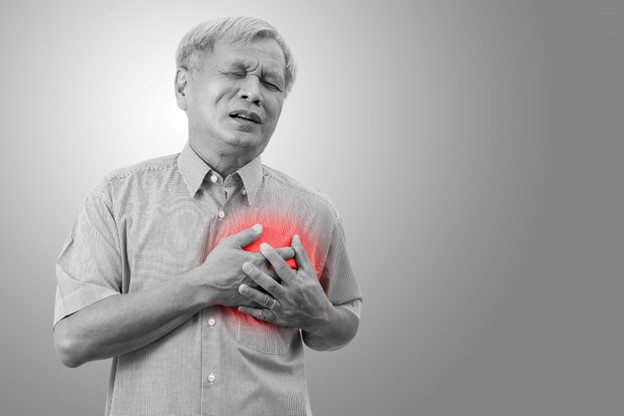Heart disease and strokes are serious threats to women’s health globally, often triggering different, more subtle symptoms than in men. It’s critical to know these differences to catch problems early and seek treatment quickly. This knowledge can significantly improve outcomes and save lives. The purpose of this blog is simple yet vital: to help women identify and act upon these crucial symptoms early on. Let’s dive into what distinguishes heart attacks from strokes in women and why awareness is your best prevention tool.
Recognizing Heart Attack Symptoms in Women Beyond the Classic Indicators
Heart attacks occur when the blood flow to the heart is blocked. This can happen to anyone but sometimes presents differently in women due to various physiological factors like hormonal changes, especially after menopause. While chest pain is a well-known indication, women can also experience unique, less recognized symptoms of a heart problem in a woman.
Some atypical signs women should watch for include:
- Neck or jaw pain
- Shoulder discomfort
- Unexplained fatigue that can be sudden and intense
It’s especially crucial for postmenopausal women to stay alert, as their risk for heart problems rises sharply with age. Ignoring these signs can be dangerous. Hence, knowing them can prod you to take immediate action, such as calling 911, to avoid serious risks. Understanding these signs and symptoms of heart failure in women helps catch issues before they worsen.
Understanding Women-Specific Stroke Symptoms and Immediate Actions to Take
A stroke happens when blood supply to part of the brain is cut off. There are two main types: ischemic (caused by a blockage) and hemorrhagic (caused by bleeding). Recognizing stroke symptoms, including those unique to women, is essential.
Women can notice distinct signs, such as:
- Sudden weakness or numbness, especially on one side of the body
- Severe headaches that occur abruptly
To act fast, remember the F.A.S.T. method:
- Face: Is it drooping?
- Arms: Can they raise both?
- Speech: Is it slurred or strange?
- Time: Call 911 immediately if you notice these symptoms.
Quick action can drastically change outcomes. Being aware of these signs allows immediate medical attention, reducing the risk of severe brain damage. So stay vigilant and don’t hesitate to seek help when needed.
Pivotal Differences and Shared Prevention Tactics for Heart Attacks and Strokes in Women
While heart attacks and strokes may share some symptoms, it’s crucial to distinguish and act accordingly. For heart attacks, look for unusual fatigue and discomfort in areas above the waist, which helps in recognizing heart failure symptoms in women. Strokes often involve sudden changes in movement or speech, requiring urgent response.
To minimize these risks, consider embracing these lifestyle changes:
- Regular exercise: Aim for at least 30 minutes a day.
- Healthy eating: Focus on a diet rich in fruits, vegetables, and whole grains.
- Stop smoking: Smoking significantly increases risk factors.
- Regular check-ups: Maintain routine health screenings.
Often, women’s signs of heart failure in females go unnoticed or are misdiagnosed, partly because symptoms can be subtler than in men. Healthcare encounters should involve honest communication about your concerns; don’t shy away from seeking a second opinion if needed.
Finally, always learn about the symptoms of congestive heart failure in women, stay informed, and be proactive about your health. Living a healthier lifestyle protects your heart and brain. And remember, knowledge is power. Armed with the information, you can become a strong advocate for your well-being. Look out for these symptoms, consult your healthcare provider if you notice anything amiss, and inspire others to do the same. Your health is in your hands.

